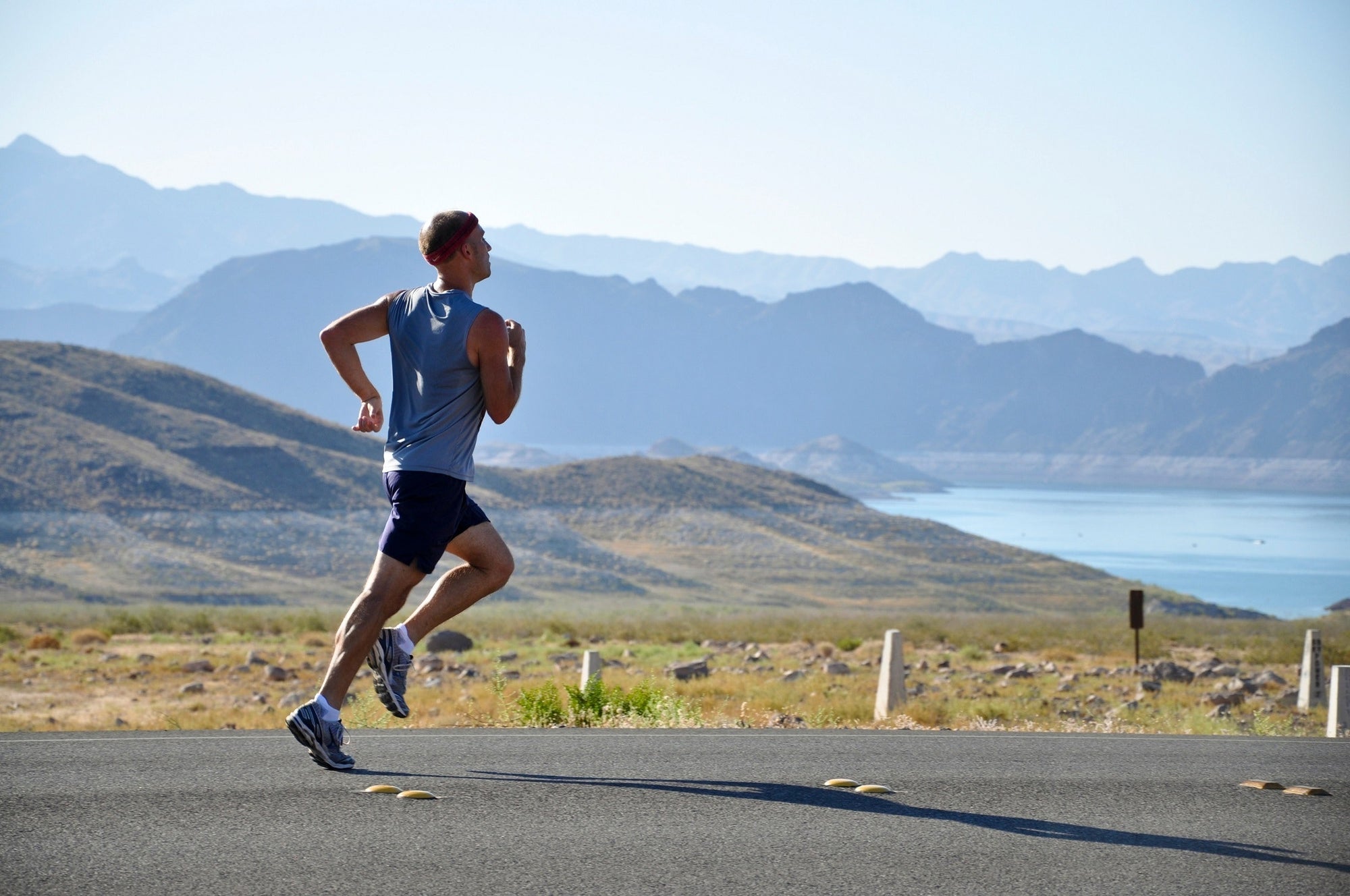If your fitness journey involves a weight loss goal or a desire to tone your muscles, you have likely encountered the ongoing debate about the necessity of snacking before a workout.
Many factors, such as motivation, fatigue, stress levels, and nutrition, influence your exercise performance. Considering that the body functions akin to a machine, it is logical to assume that its performance is affected by the fuel you consume.
Your overall diet plays a significant role in your achievements both inside and outside the gym, encompassing the meals and snacks you consume before and after exercise sessions.
Dietitians suggest that these snacks can help stabilize blood sugar, boost energy levels, and facilitate post-workout recovery, particularly for workouts lasting over 60 minutes. However, it's important to note that this recommendation may require some experimentation to determine what works best for you. If you encounter challenges in identifying the optimal approach for your performance, consulting with a physician is also advisable.
Keep the following tips in mind:
- Water should always be on the pre-and post-workout menu. Have it handy while working out, too.
- If you can’t tolerate eating before early morning workouts, then don’t. Plan a post-workout snack instead.
- If eating before exercise makes you feel worse during your workouts, then skip it.
- If you’ll be eating a meal soon after your sweat session, bypass the post-workout snack.
- Limit snacks to small portions of 100 to 300 calories. Don’t overeat.
- Pre- and post-workout snacks should be a blend of carbohydrates and protein and can be swapped. (So you can eat pre-workout snacks after exercise, or post-workout snacks before.)
- For workouts shorter than 60 minutes, pre- and post-workout snacks aren’t necessary. Use your best judgment on whether your body needs the energy.
Great Snacks You Can Eat Before Working Out
Aim to eat a snack at least three hours before your workout, but no less than 30 minutes before. Snacks should combine carbohydrates for energy and protein for muscles.
Here are some pre-workout snack options:
- Fruit and yogurt smoothie
- Apple or banana with a tablespoon of peanut butter or almond butter
- Hard-boiled egg with whole-grain crackers
- A handful of homemade trail mix (a combination of almonds, raisins, sunflower seeds, pistachios, dried fruit, etc.)
- Oatmeal with berries
- Lean turkey on one slice of whole-grain bread
- Graham crackers with peanut butter
- String cheese and whole-grain crackers
- Carrots and hummus
- Half of a peanut butter and jelly sandwich on whole-grain bread
- Rice cake with nut butter
Snacks to Promote Recovery After Working Out
Post-workout snacks help the body replace glycogen as an energy source, as well as protein and amino acids to fortify muscles. For best results, experts suggest eating 15 to 60 minutes after exercise.
Tasty choices include:
- One cup of low-fat or chocolate milk
- Avocado on whole-wheat toast
- Greek yogurt with berries
- Turkey wrap with lettuce and tomato on a whole-grain tortilla
- Half of a grilled chicken breast with a cup of brown rice
- One cup of quinoa with berries and nuts
- Cottage cheese with one-half of a whole-grain bagel
- Spinach and egg white omelet
- Apple and low-fat cheese slices on whole-grain crackers
- One slice of pita bread and hummus
- Tuna and chickpeas on pita bread
- Green smoothie (spinach, apples, and bananas)
- Mocha protein shake
Remember, the key here is to try different snacks before and after workouts and pay attention to how you feel during and between sessions. If you find that you don’t notice any difference, you don’t have to eat a snack. It’s best to listen to your body and be flexible.


